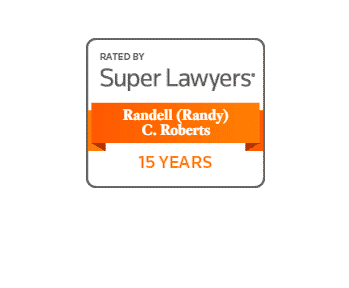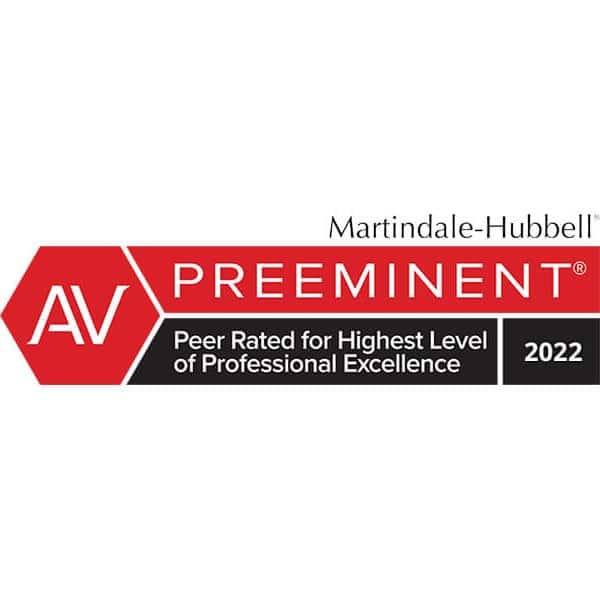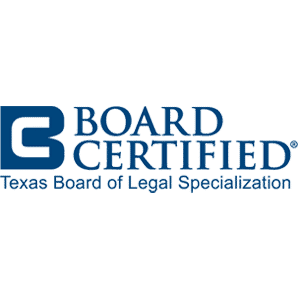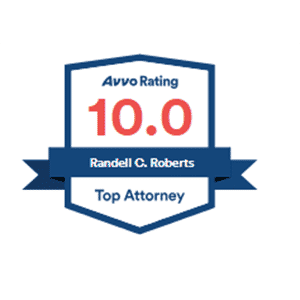Forklift Safety: Equipment and Precautions
Forklift accidents represent only about one percent of all factory accidents, but they produce ten percent of the disabling injuries. According to the National Safety Council, collisions and overturning are the two primary hazards associated with operating forklifts. While inadequate training contributes to many of these accidents, it appears that these industrial machines should be sold or retrofitted with some standard safety equipment.
Tipovers are the leading cause of fatalities in forklift accidents. In tipovers, the operators are often struck and severely injured or killed by the overhead guards which were intended to protect them from falling objects. Until manufacturers design more stable forklifts, manufacturers should equip the forklifts they sell with seat belts and occupant restraint systems that keep the operator within the unit and out of the way of overhead guards during a tipover.
The National Institute of Occupational Safety and Health reports that the most frequent accident associated with forklifts involves backing up. Rearview and sideview mirrors as well as automatic backup alarms would help prevent many of these accidents.
Government safety regulations, including those of O.S.H.A., do not require mirrors, backup alarms, or occupant restraint systems on forklifts in most situations. These safety features are becoming standard items on new forklifts, however, as a result of our product safety laws.
The National Safety Council offers some safety tips to help avoid these and other common accidents in operating forklifts:
- Do not load your forklift over its Rated Load Capacity listed on its identification plate.
- Never raise or lower forks while you travel, turn, or maneuver into position.
- Keep the forks tilted back and carry them as low as possible, but high enough not to strike any raised or uneven surfaces.
- Do not put extra weight on the rear of the forklift to counter-balance a load.
- Use the forklift as a forklift, not as an elevator, hoist, taxi, or bumping skid.
- When you carry a load, make sure it rests against the carriage and keep the mast of the truck tilted backward to hold the load in place.
- Always drive with the load upgrade on an incline.
- Face the direction of travel at all times when you operate the forklift.








